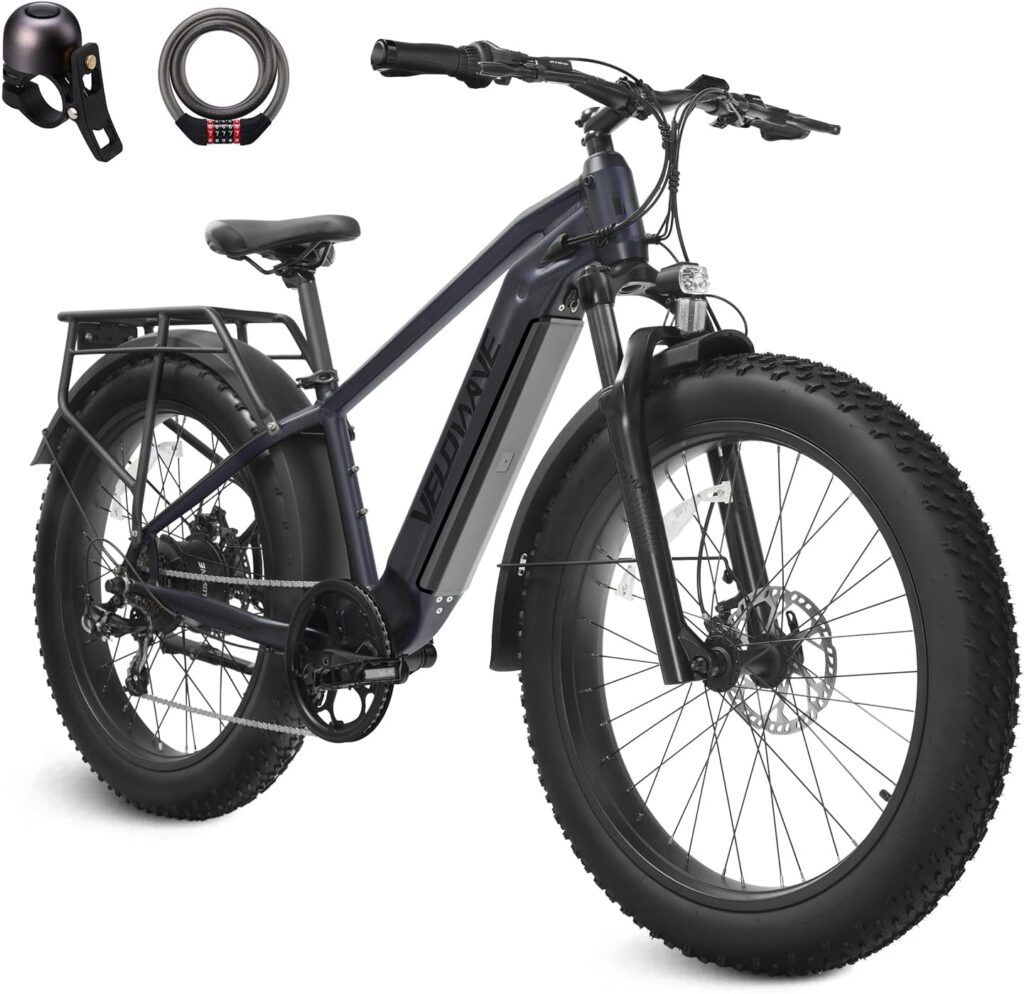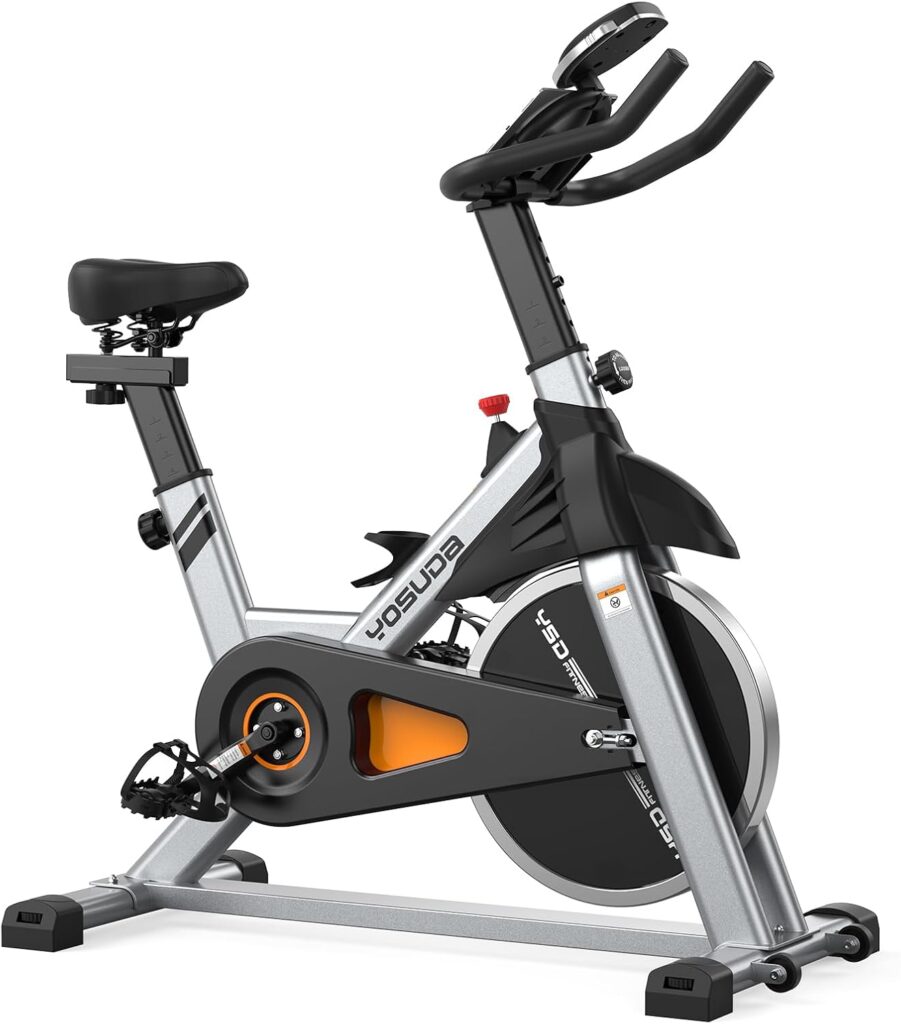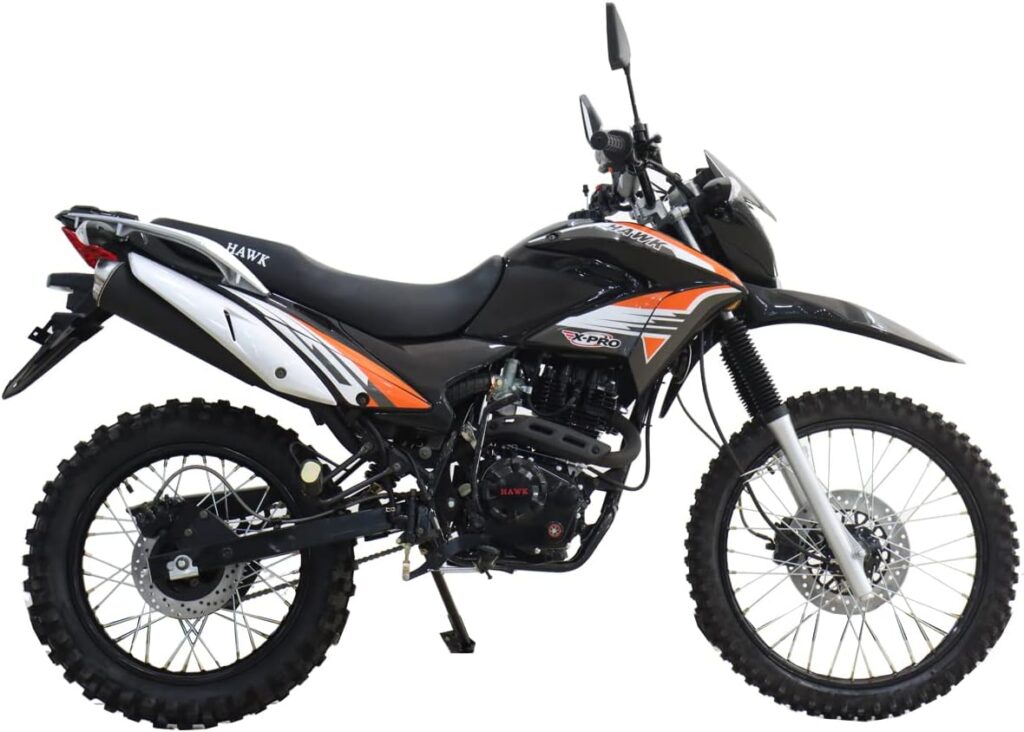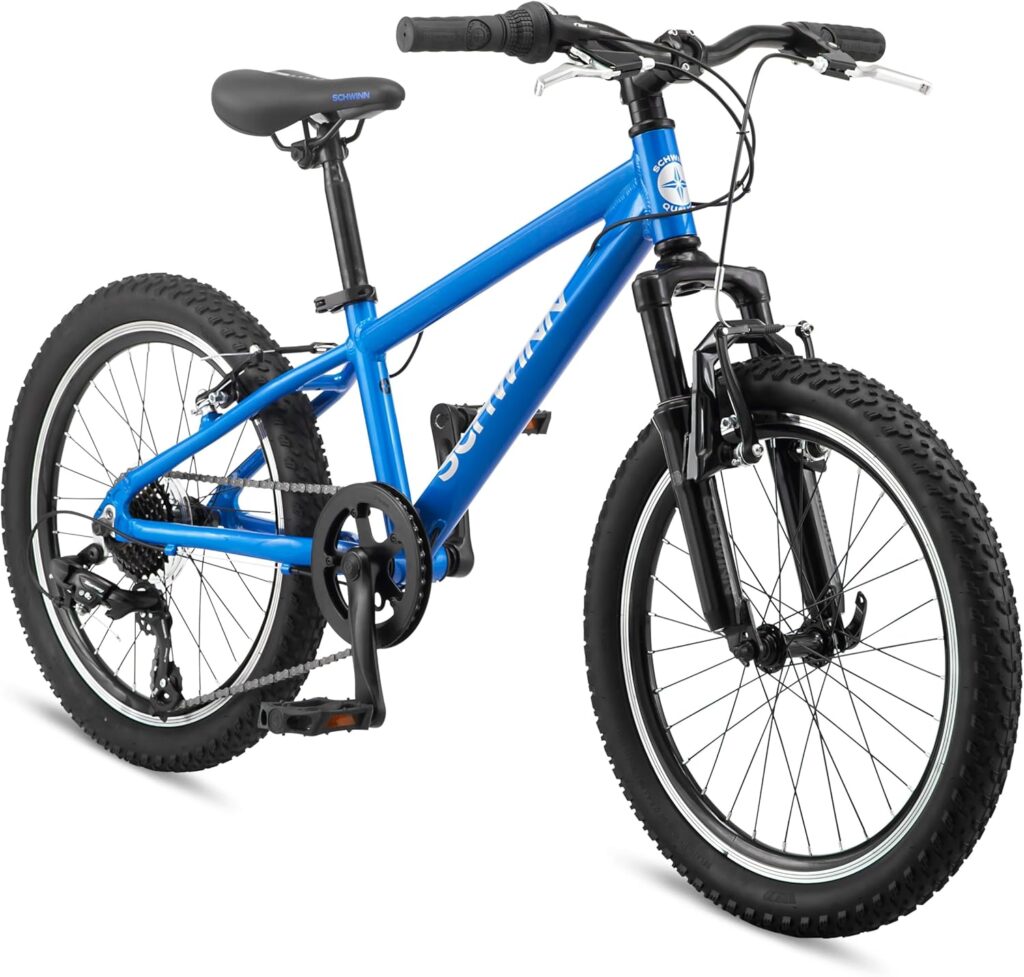When it comes to drive systems, belt drives and chain drives are two of the most popular options across various applications—whether you’re talking about bicycles, motorcycles, home gym equipment, or even industrial machines. But which one is better for your needs?
As an Amazon Associate I earn from qualifying purchases.
In this guide, we’ll break down the key differences, advantages, and drawbacks of each system. Plus, we’ll recommend some of the best-rated products on Amazon to help you make the best choice.
Contents
Understanding the Basics
What is a Belt Drive?
A belt drive uses a flexible belt—typically made of rubber, polyurethane, or another durable material—to transfer power between shafts. It is commonly found in bicycles, motorcycles, home gym equipment, and even turntables.
What is a Chain Drive?
A chain drive, on the other hand, relies on interlinked metal chains and sprockets to transmit power. It’s most commonly seen in motorcycles, bicycles, and heavy machinery.
Both systems serve the same fundamental purpose: to transfer power efficiently. However, they have distinct differences that can influence your decision.
Key Differences Between Belt Drive and Chain Drive
FeatureBelt DriveChain DriveDurabilityLonger lifespan with minimal maintenanceCan wear out faster but is easy to replaceNoise LevelVery quiet operationCan be noisy, especially when not lubricatedEfficiencyLower energy loss due to smooth operationHigher efficiency but requires regular lubricationMaintenanceAlmost maintenance-freeNeeds frequent lubrication and cleaningCostSlightly more expensive upfrontUsually cheaper but costs more over time in maintenanceWeather ResistanceResistant to rust and dirtProne to rust and dirt buildup
Belt Drive: Pros and Cons
Pros:
- Quiet operation – Belt drives are significantly quieter compared to chain drives.
- Minimal maintenance – No lubrication is needed, reducing upkeep efforts.
- Longer lifespan – With proper use, belt drives last longer than chains.
- Smooth performance – The rubberized material absorbs vibrations, making the ride smoother.
Cons:
- Higher upfront cost – Belt drives tend to be pricier than chains.
- Limited customization – You often can’t swap belt drives for different sizes or gear ratios as easily as chains.
- Difficult to repair – If a belt breaks, you typically have to replace the entire system.
Best Belt Drive Products on Amazon
Belt Drive Bicycle: VELOWAVE Electric Bike

4.5/5 Stars | 5000+ Reviews
- Features a Gates Carbon Belt Drive, requiring no lubrication.
- Powerful 750W BAFANG motor for smooth, quiet rides.
- Long battery life, covering up to 60 miles per charge.
Belt Drive Exercise Bike: YOSUDA Indoor Cycling Bike

4.7/5 Stars | 20,000+ Reviews
- Ultra-quiet belt-driven resistance system.
- Fully adjustable seat and handlebars for a comfortable workout.
- 35 lbs flywheel for a stable and smooth ride.
Chain Drive: Pros and Cons
Pros:
- More efficient power transfer – Direct contact with sprockets means less energy loss.
- Easier to replace and modify – You can adjust gears, replace chains, and modify setups easily.
- More affordable – Chain drive systems tend to have lower initial costs.
Cons:
- Noisier operation – Chains can rattle and create noise, especially when dry.
- Regular maintenance needed – You must clean and lubricate chains frequently.
- Shorter lifespan – Chains tend to wear out faster compared to belt drives.
Best Chain Drive Products on Amazon
Chain Drive Motorcycle: X-PRO Hawk 250 Dirt Bike

4.4/5 Stars | 3000+ Reviews
- Chain-driven powertrain for strong performance on rough terrains.
- High torque engine suitable for off-road adventures.
- Affordable pricing compared to belt-driven motorcycles.
Chain Drive Bicycle: Schwinn High Timber Mountain Bike

4.6/5 Stars | 10,000+ Reviews
- Features a durable chain-driven gear system.
- 21-speed shifters for smooth and efficient rides.
- Affordable compared to belt-driven bicycles.
Which One Should You Choose?
When to Choose a Belt Drive
- You want a low-maintenance solution.
- Noise is a concern (e.g., indoor cycling or urban commuting).
- You prioritize long-term durability over short-term cost savings.
When to Choose a Chain Drive
- You need high efficiency and power transfer.
- You don’t mind regular lubrication and upkeep.
- You want a more affordable, easy-to-replace system.
Final Thoughts
Both belt drive and chain drive systems have their place, and your choice depends on what matters most to you. If you value quiet, smooth operation and minimal maintenance, a belt drive might be the best option. However, if affordability and efficiency are your priorities, a chain drive is hard to beat.
No matter which one you choose, investing in high-quality, well-reviewed products ensures a better experience. Ready to make a decision? Check out the recommended products above to find the best option for your needs.
Browse Belt and Chain Drive Products on Amazon